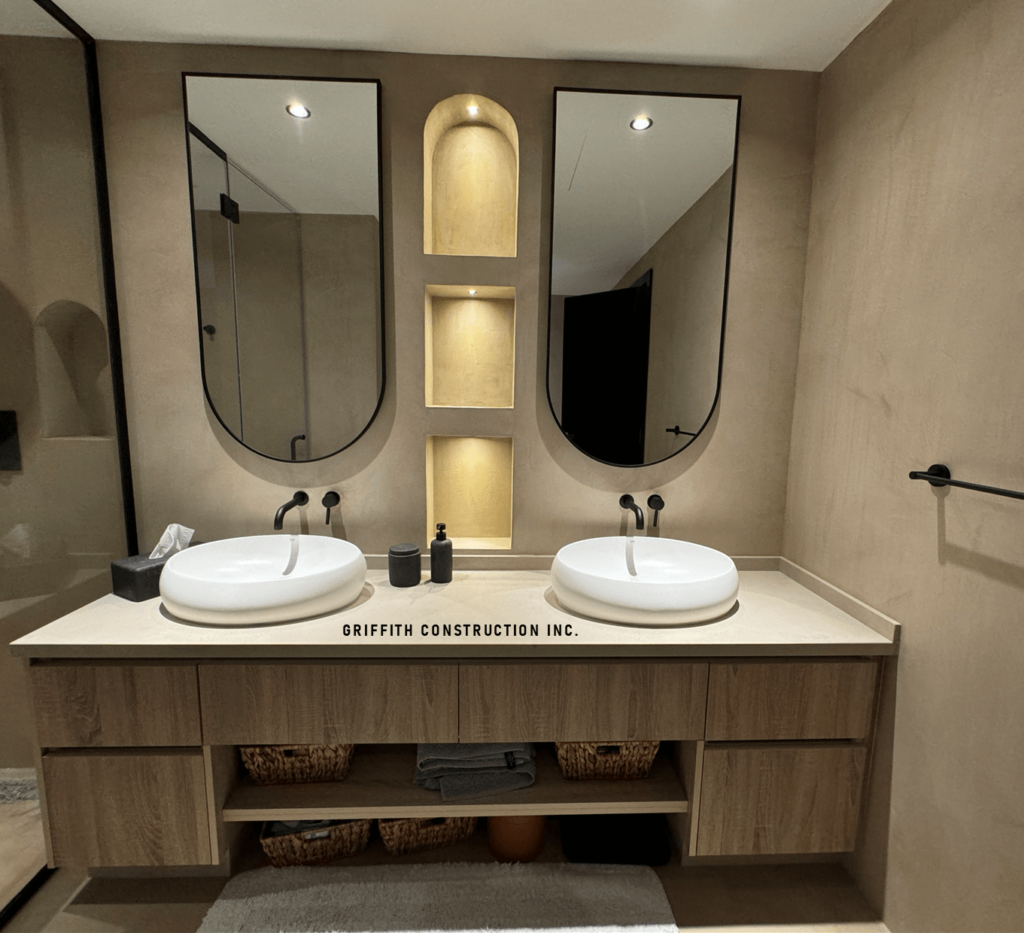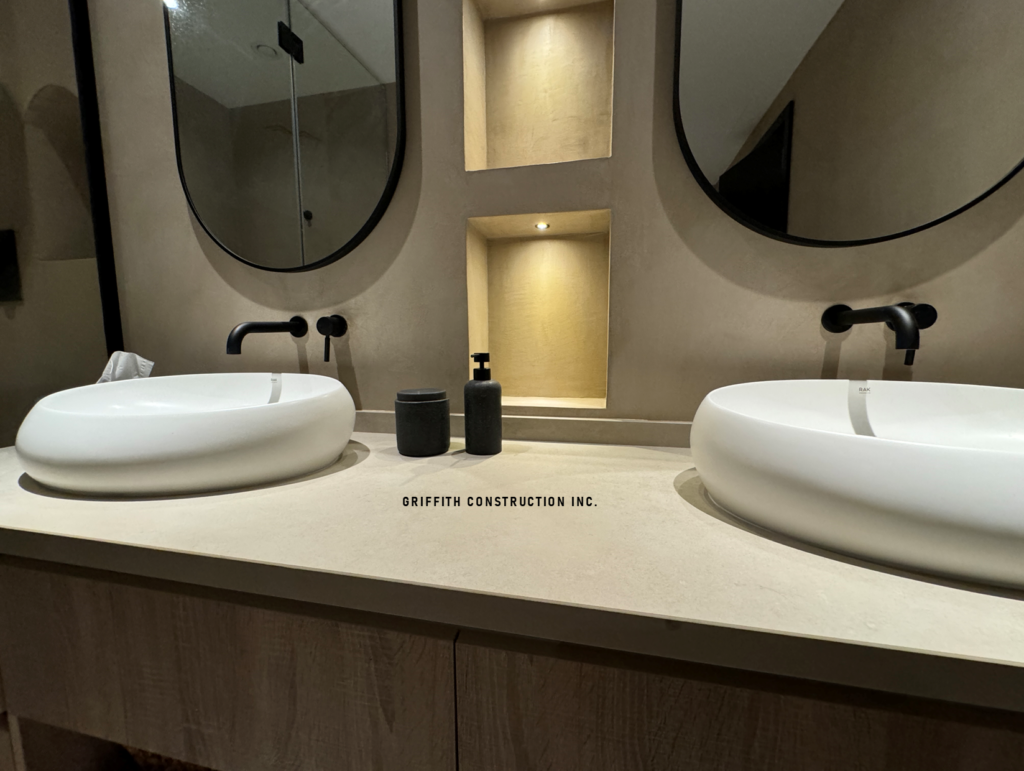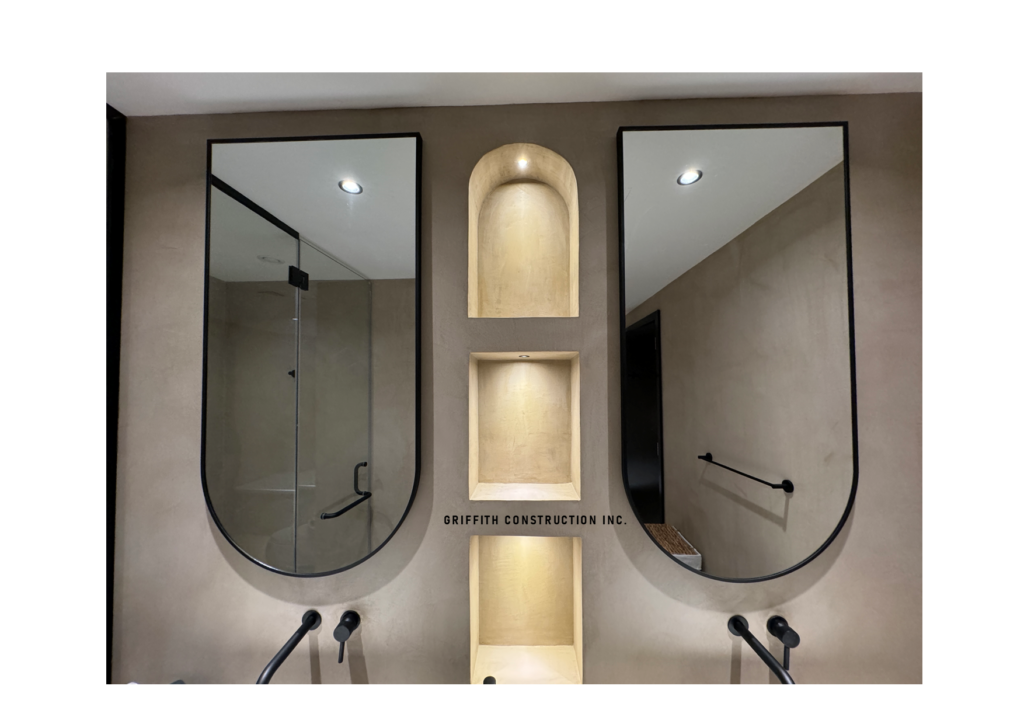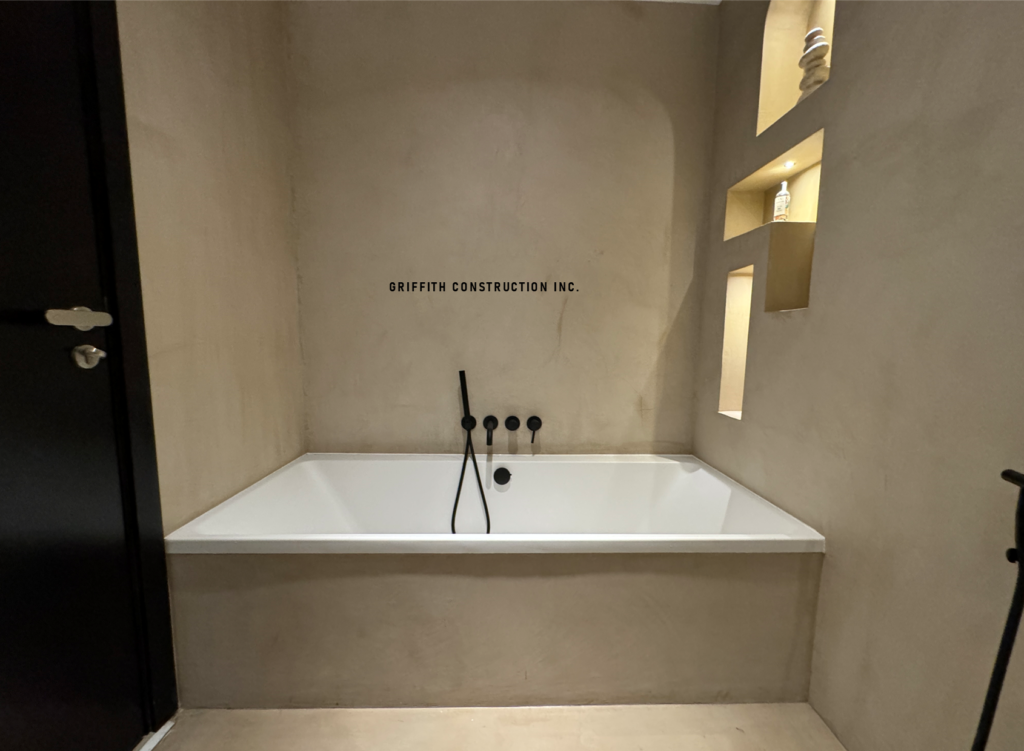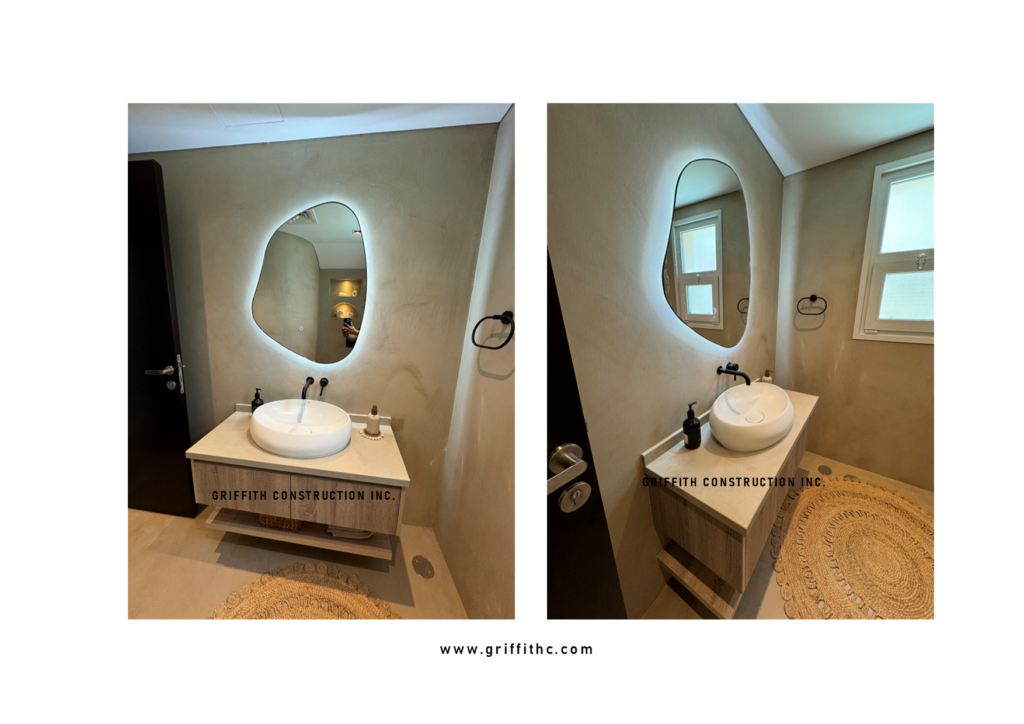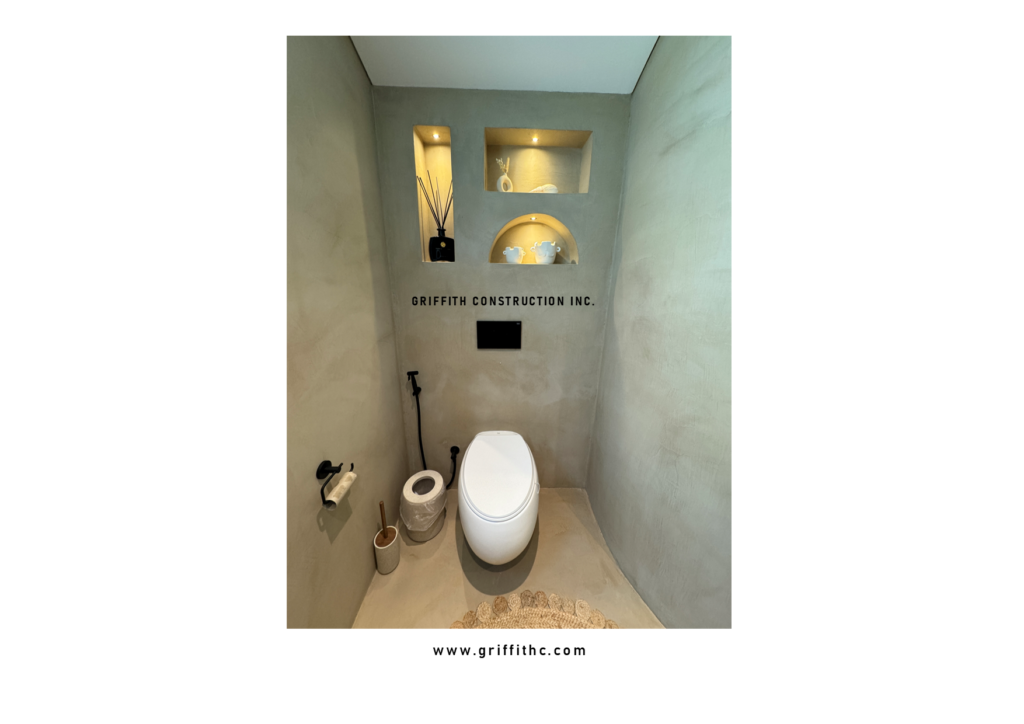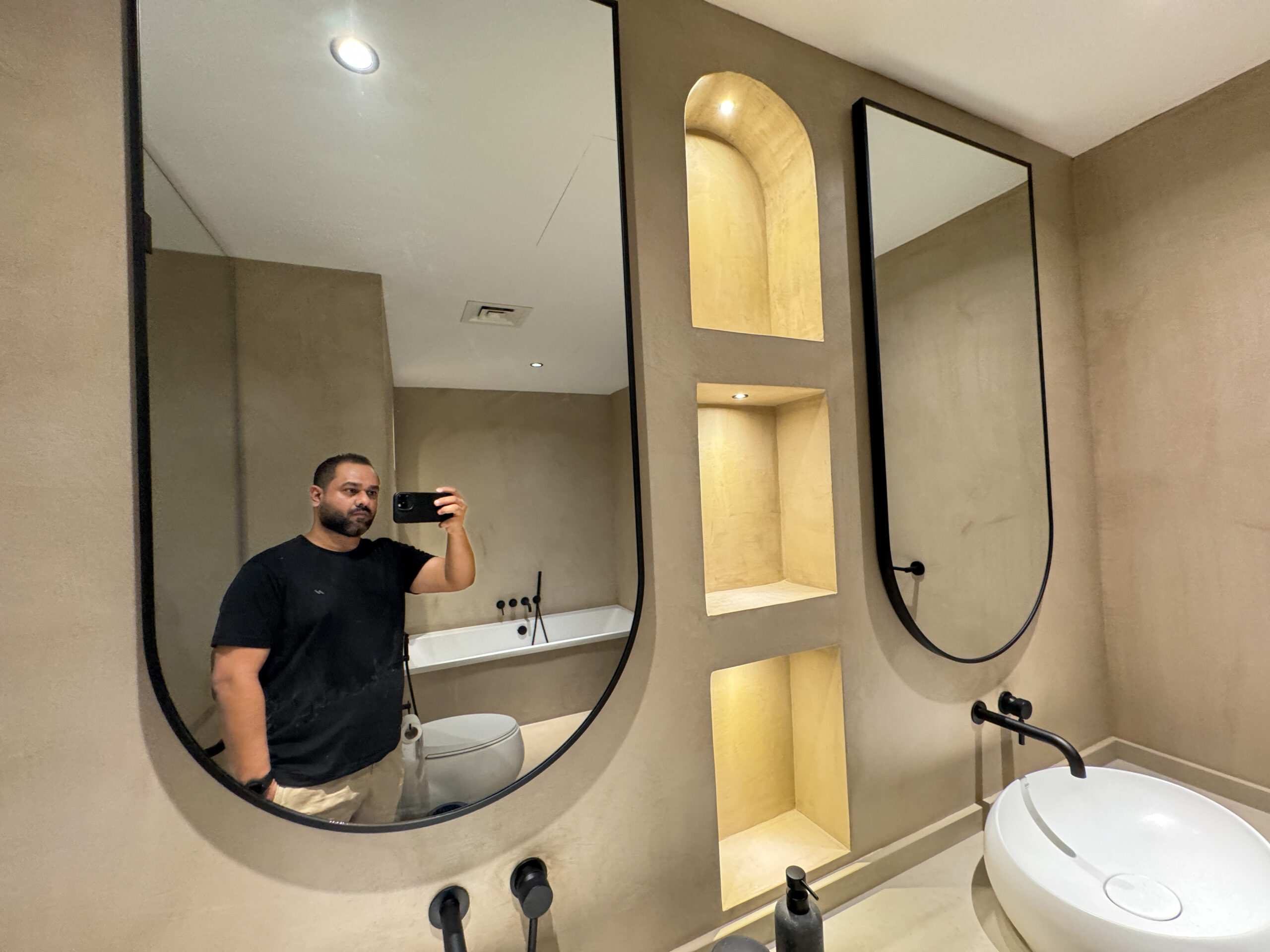Microtopping Flooring
Microtopping is a type of decorative coating system that is popular for its durability, versatility, and aesthetic appeal. Here are some key characteristics and benefits of microtopping:
What is Microtopping?
Microtopping is a thin, high-strength, and flexible coating system made from a mixture of cement, silica sand, and polymer resin. It is typically applied in thin layers (around 1-2 mm) to existing substrates such as concrete, wood, or metal.
Benefits of Microtopping:
1. Durability: Microtopping is highly resistant to wear and tear, chemicals, and weathering conditions.
2. Aesthetics: The finish can be customized to achieve various textures, colors, and effects, making it ideal for decorative purposes.
3. Easy to clean: Microtopping’ s smooth surface makes it easy to maintain and clean.
4. High compressive strength: Microtopping provides excellent compressive strength, making it suitable for high-traffic areas.
5. Thermal shock resistance: It can withstand extreme temperature changes without cracking or damaging the surface.
Applications of Microtopping:
1. Indoor surfaces: Floors, walls, staircases, and countertops in commercial and residential buildings.
2. Outdoor surfaces: Building facades, walkways, staircases, and other exterior applications.
3. Industrial surfaces: Factory floors, equipment platforms, and other industrial areas.
Types of Microtopping Finishes:
1. Matte finish: A flat, non-reflective finish suitable for most interior applications.
2. Glossy finish: A high-gloss finish ideal for showrooms, retail spaces, or areas where a high-shine finish is desired.
3. Textured finish: A rougher texture can be achieved by adding aggregates or using specific techniques.
Challenges and Limitations:
- Preparation: Before applying microtopping, the subfloor must be thoroughly cleaned, prepared, and dried to ensure a strong bond between the subfloor and the microtopping.
- Curing time: Microtopping requires a significant amount of time to cure, which can be up to 24 hours or more, depending on the thickness of the application.
- Application requirements: Specialized training and equipment are necessary for proper application.
- Slip resistance: While microtopping is generally slip-resistant, it may not provide enough traction in wet areas like showers or bathtubs. Additional slip-resistant treatments may be necessary.
- Seams: Microtopping can be prone to shrinkage, which can lead to seams between sections of the flooring. Proper application and preparation can minimize this issue.
- Cost: Microtopping can be more expensive than other decorative coating systems.
Overall, microtopping is a versatile and durable coating system that offers a range of benefits for various applications. Its unique characteristics make it an attractive option for those seeking a high-quality, low-maintenance finish.
For Consultation, please email our expert at Dhex@griffithc.com
